Artist Philippe Parreno is given carte blanche to curate a multi-media exhibition at Paris’ Palais de Tokyo
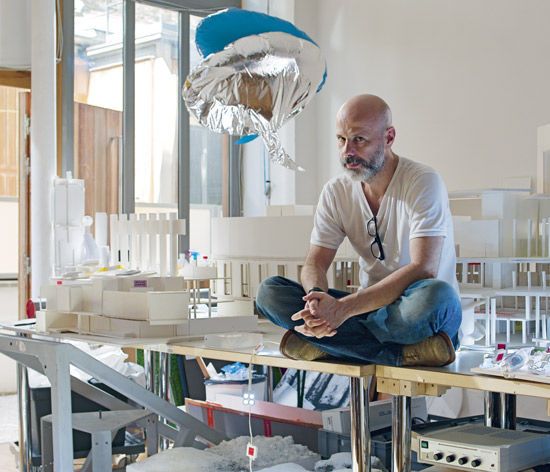
When the Palais de Tokyo reopened in 2012 after several years of restoration work, unveiling a 22,000 sq m exhibition – almost three times its original volume – the museum's new director Jean de Loisy was intent on using it to experiment with the notion and format of exhibitions. Handing the entire space to a single artist, he believed, would be 'a fascinating confrontation to enormity'.
It is hardly surprising then that the first creative carte blanche ever extended was handed to Philippe Parreno. The French contemporary artist – profiled in our November issue (W*176) – has dedicated the past 20 years to scrutinising how art meets its audience. Through an array of media (some classical, some unconventional and lo-fi) he tends to view an exhibition as a work of art in itself. The result is the mutli-disciplinary: 'Anywhere, Anywhere out of the World'.
Faced with the labyrinth-like succession of rooms, hidden pockets and corridors of the Palais (which previously served as an archival space, an art school and even a squat), Parreno has done what he does best, bringing in specialists from various visual fields, blurring the lines between art and entertainment.
Hand in hand with movie set designer Randall Peacock and director of photography Darius Khondji, Parreno has reshuffled some of his most famous works and created something entirely new in the process.
Visitors are welcomed by a gigantic, blindingly bright neon board and flickering lights peppered through the hallway. A large nearby screen displays a film of a newborn child 'Anna' (1993), which grows abstract as you walk closer to it - a nudge, perhaps at impressionist masterpieces.
Borrowing codes from amusement parks, he has filled the rest of the space with what he likes to call 'cheap magic tricks for kids'. An electric piano installation plays the virtuoso masterpiece 'Petrouchka' by Igor Stravinsky. The following room is filled with the LED-lit 'Danny La Rue' (2013), which - hanging from the ceiling - abruptly switches on and off, suggesting a mysterious ghost town, reminiscent, perhaps of Hayao Miyazaki's child-like universe. Revolving doors slice the space in two and create secret boudoirs, unveiling a display of pieces accompanied by the sounds of Merce Cunningham's dance troupe in one room. Fake snow falls from the ceiling in a corner of the other room.
The exploration of portraiture, another theme dear to Parreno, is also in evidence. The artist has always been fascinated with the idea of generating parallel representations of people through alternative media, and the show proved no different. While robots reproduced the voice and handwriting of Marilyn Monroe ('Marilyn', 2012), glow-in-the-dark portraits suddenly reveal hidden faces ('Fade to Black', 1995), forcing the audience to scope the walls for hidden messages.
'What Philippe Parreno is giving us is a real-time experience, an expedition rather than an exhibition, a poetical journey through the Palais de Tokyo's strangeness,' said Jean de Loisy.

Working with movie set designer Randall Peacock and director of photography Darius Khondji, Parreno has reshuffled some of his most famous works and created something entirely new in the process. Pictured is 'The Writer', 2007, which shows an 18th century Jaquet Droz automaton…
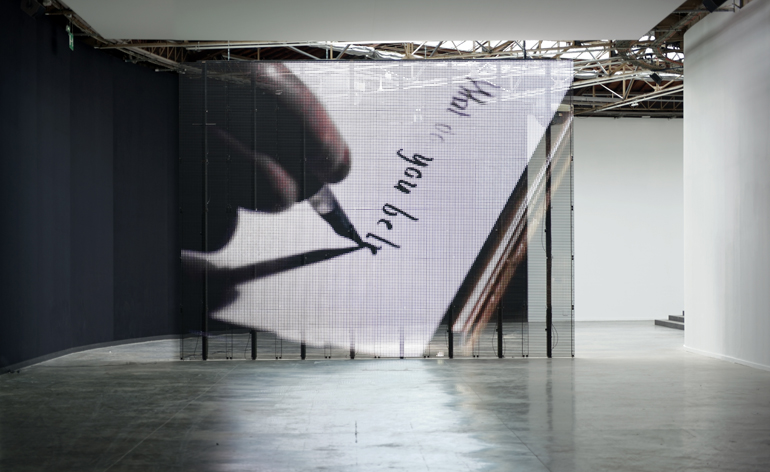
…writing, 'What do you believe, your eyes or my words'.
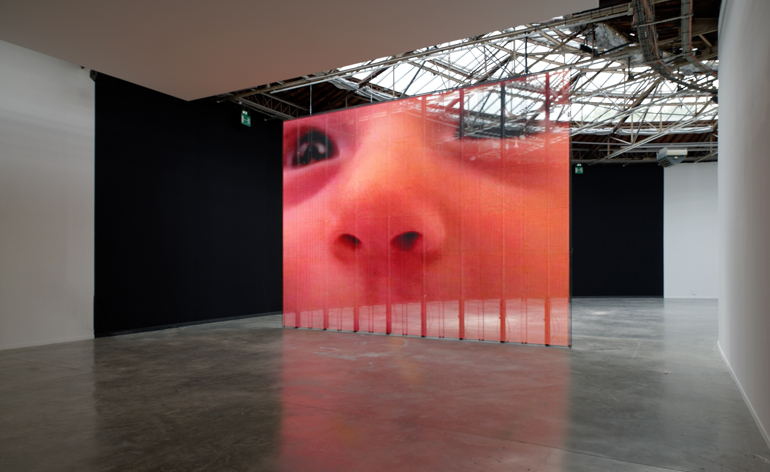
A film of a newborn child, 'Anna', 1993, grows abstract as one walks closer, perhaps a nudge at impressionist art.
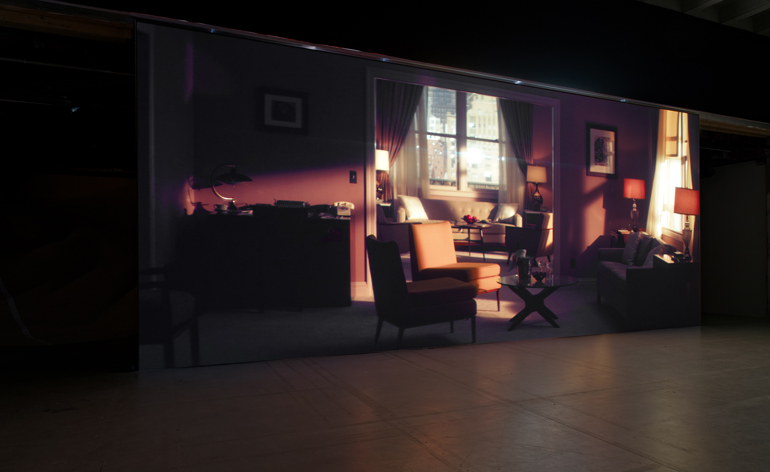
The piece 'Marilyn', 2012, conjures Marilyn Monroe through a phantasmagoric seance at the Waldorf Astoria, where she lived in the 1950s. Courtesy of the Pilar Corrias Gallery.
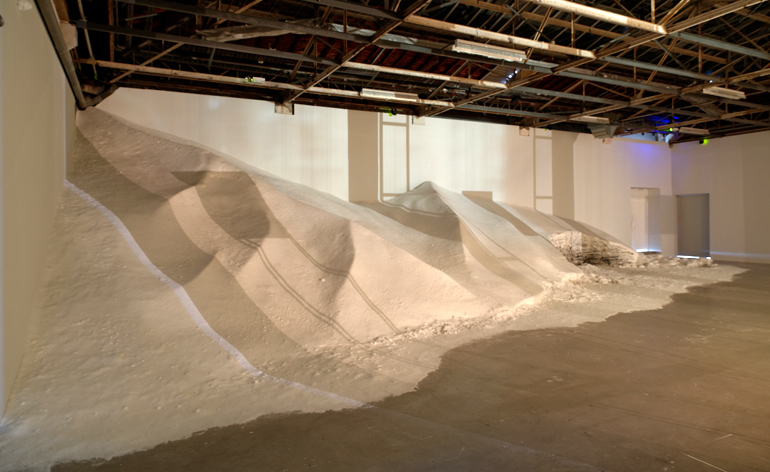
The temperature in the room has been lowered and a snow drift represents Parreno's impression of the point of view of the deceased Marilyn Monroe.
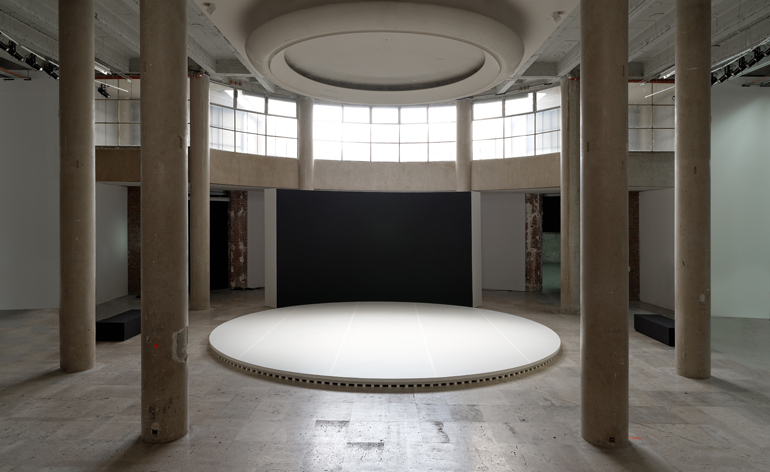
In the piece 'How Can We Know The Dancer From The Dance?', 2012, footsteps of the ghosts of Merce Cunningham's dancers can be heard on a stage in the rotunda. Courtesy of the Esther Schipper Gallery.
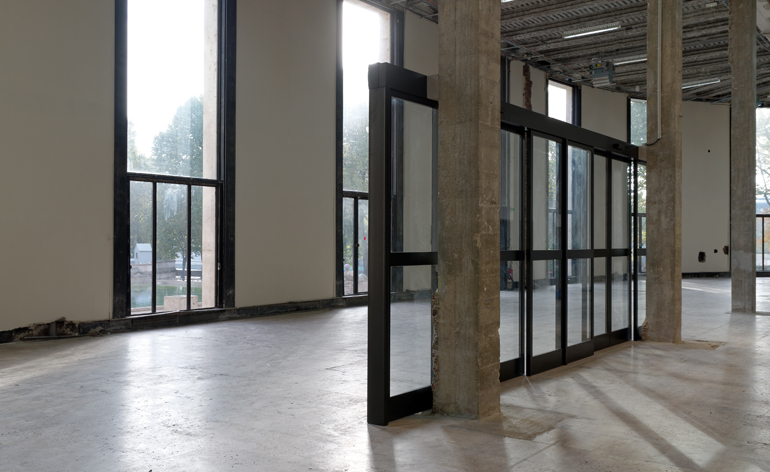
'Automated Doors', 2013, open and close to reveal sounds of the city, the banks of the Seine and nearby streets.
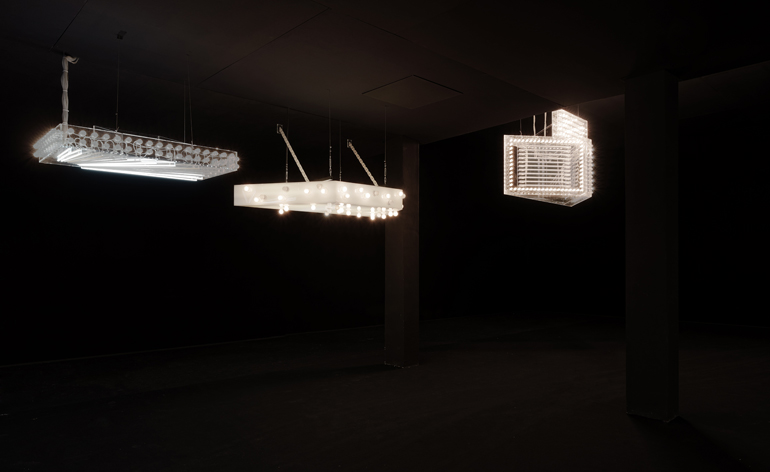
'Danny La Rue', 2013, features 16 marquees suspended from the ceiling that provide visual accompaniment to Stravinsky's 'Petrouchka' which acts as the score to the exhibition and can be heard throughout.
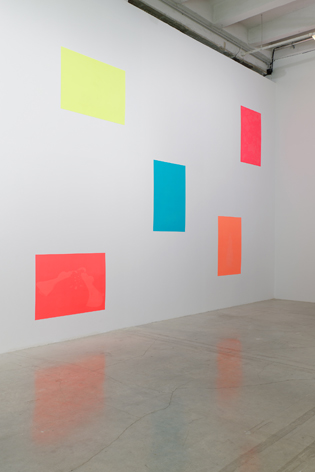
Glow-in-the-dark posters depict Parreno's abandoned works that fade away and only reappear once exposed to light in 'Fade to Black', 2013.
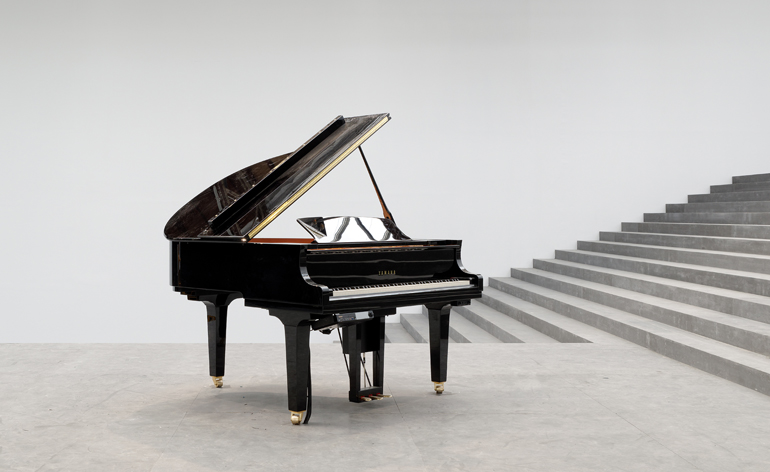
First commissioned by Parreno and Hans Ulrich Obrist for an exhibition in Manchester, Liam Gillick's 'Factories in the snow', 2007 acts as a temporal marker, providing a musical score. Playing Stravinsky's 'Petrouchka', the pianos are used as an instrument for measuring time and change sequence according to each display.
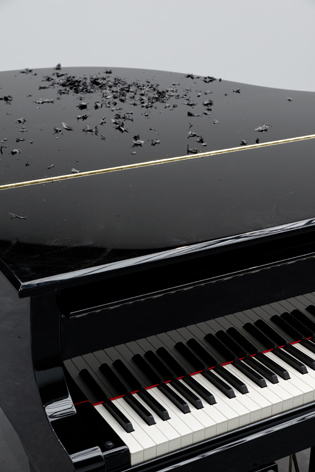
Performed by Mikhail Rudy, the only living pianist able to play the piece with two hands as opposed to the usual four, the music is echoed throughout the exhibition.
ADDRESS
Palais de Tokyo
13 Avenue du Président Wilson, 75116 Paris, France
Wallpaper* Newsletter
Receive our daily digest of inspiration, escapism and design stories from around the world direct to your inbox.
-
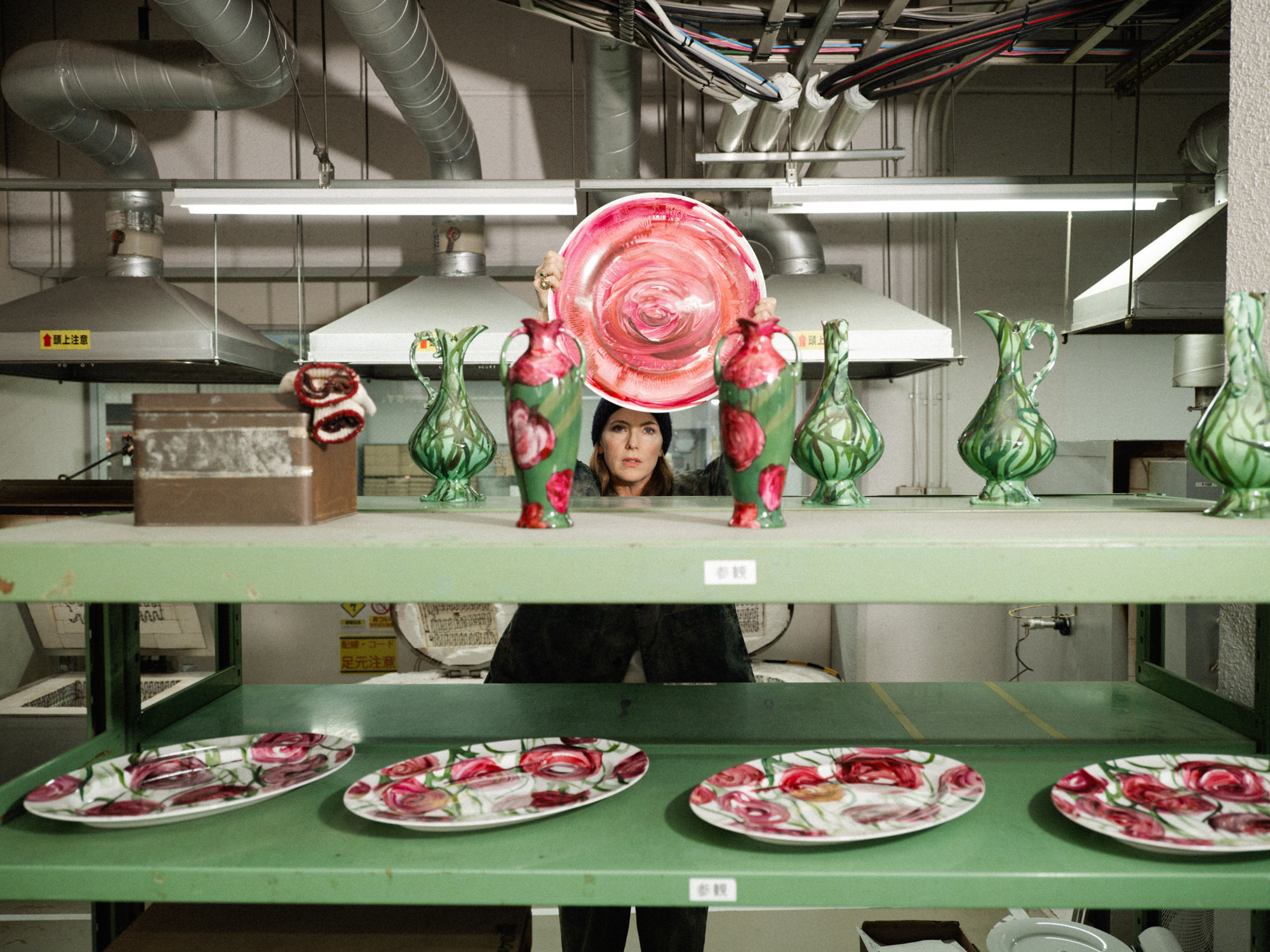 Faye Toogood comes up roses at Milan Design Week 2025
Faye Toogood comes up roses at Milan Design Week 2025Japanese ceramics specialist Noritake’s design collection blossoms with a bold floral series by Faye Toogood
By Danielle Demetriou Published
-
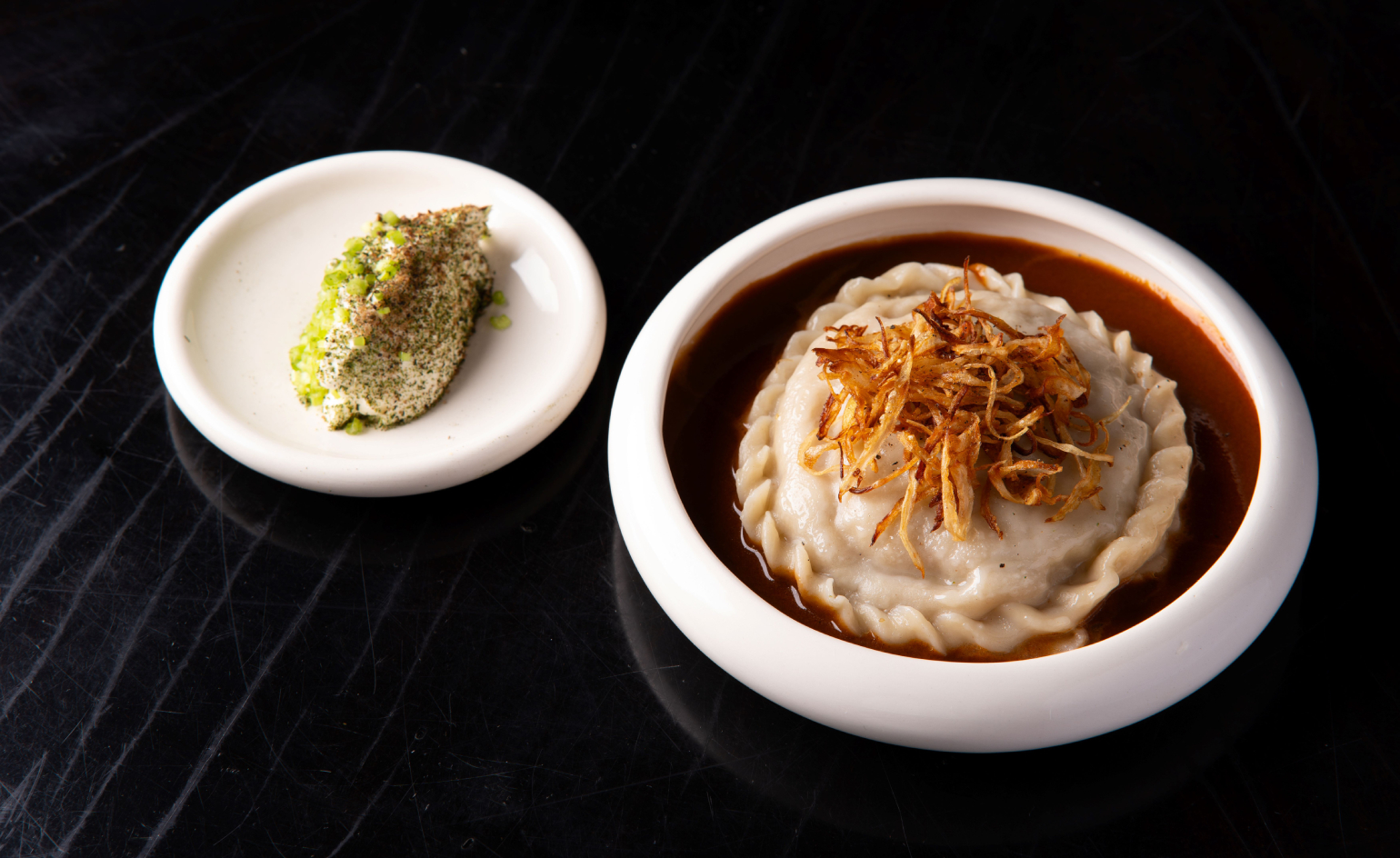 Tatar Bunar puts Ukrainian heritage front and centre
Tatar Bunar puts Ukrainian heritage front and centreFamily recipes and contemporary design merge at this new east London restaurant by Ukrainian restaurateurs Anna Andriienko and Alex Cooper
By Ben McCormack Published
-
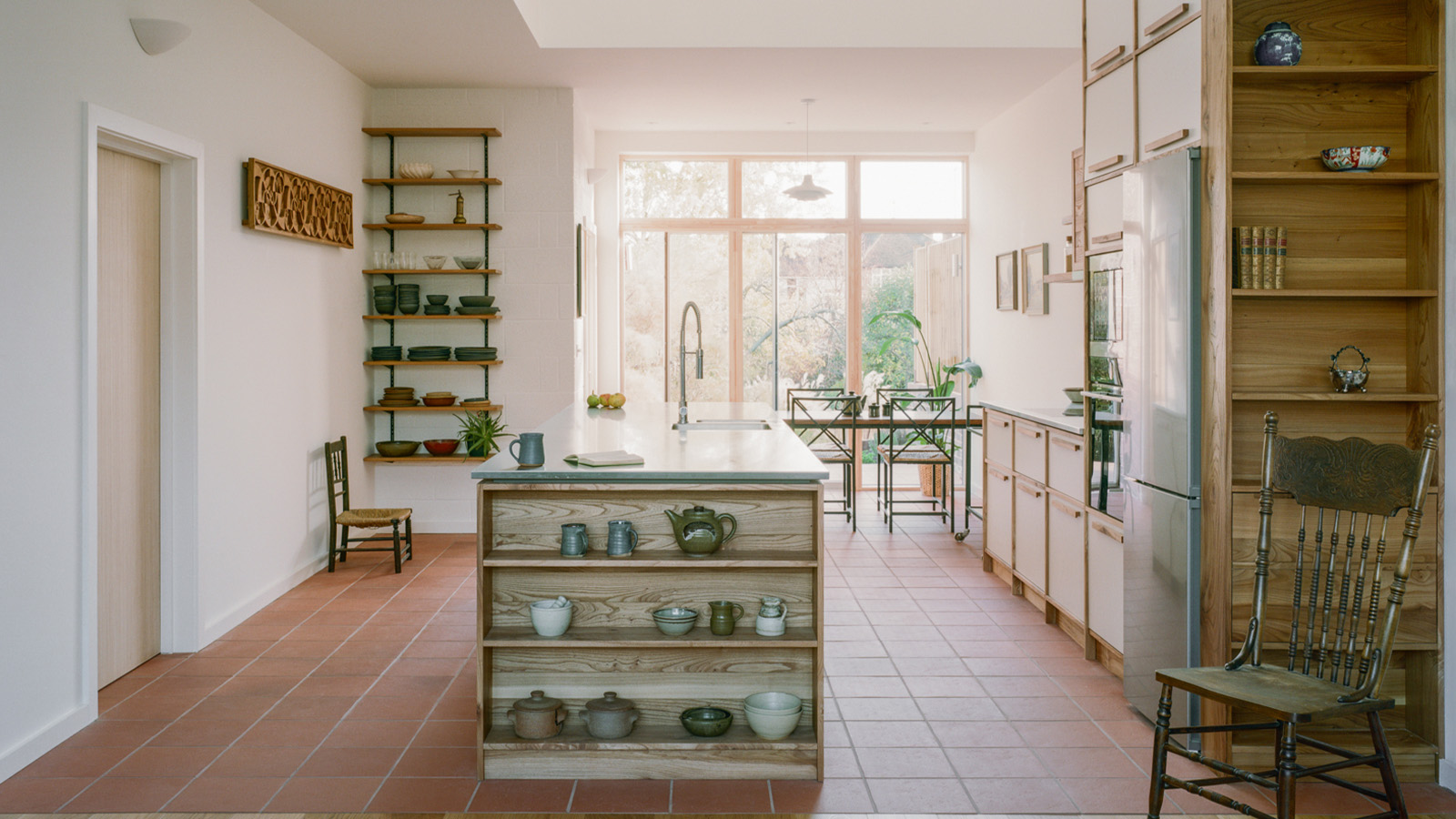 An octogenarian’s north London home is bold with utilitarian authenticity
An octogenarian’s north London home is bold with utilitarian authenticityWoodbury residence is a north London home by Of Architecture, inspired by 20th-century design and rooted in functionality
By Tianna Williams Published
-
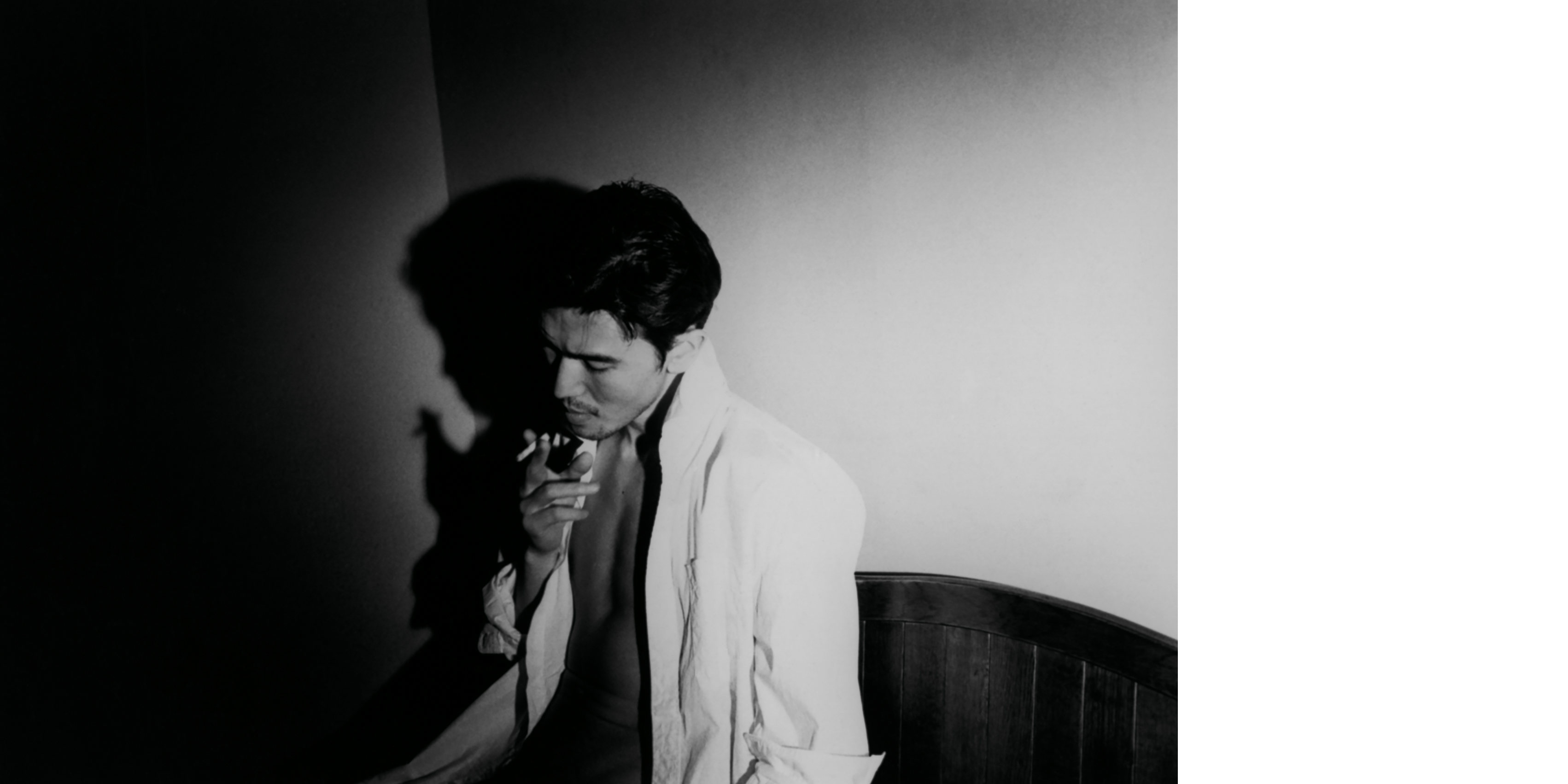 'I’m So Happy You Are Here': discover the work of Japanese women photographers
'I’m So Happy You Are Here': discover the work of Japanese women photographersSubtitled ‘Japanese Women Photographers from the 1950s to Now’, this new monograph from Aperture is a fascinating insight into a critically overlooked body of work
By Jonathan Bell Published
-
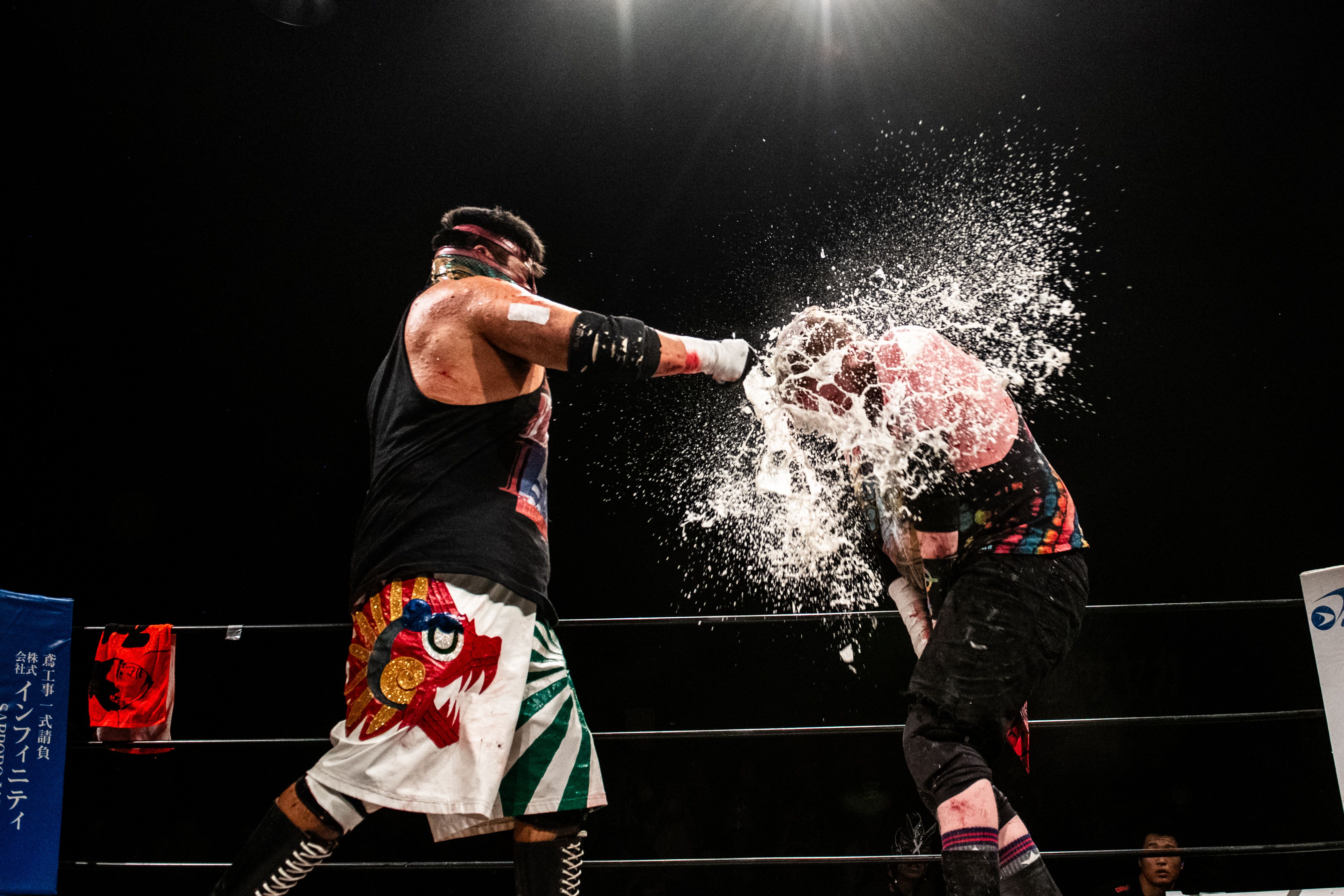 Deathmatch wrestling’s behind-the-scenes moments and bloody glory
Deathmatch wrestling’s behind-the-scenes moments and bloody gloryA new limited-edition book explores the intersection between art and deathmatch wrestling at a sold-out show held in Tokyo
By Anne Soward Published
-
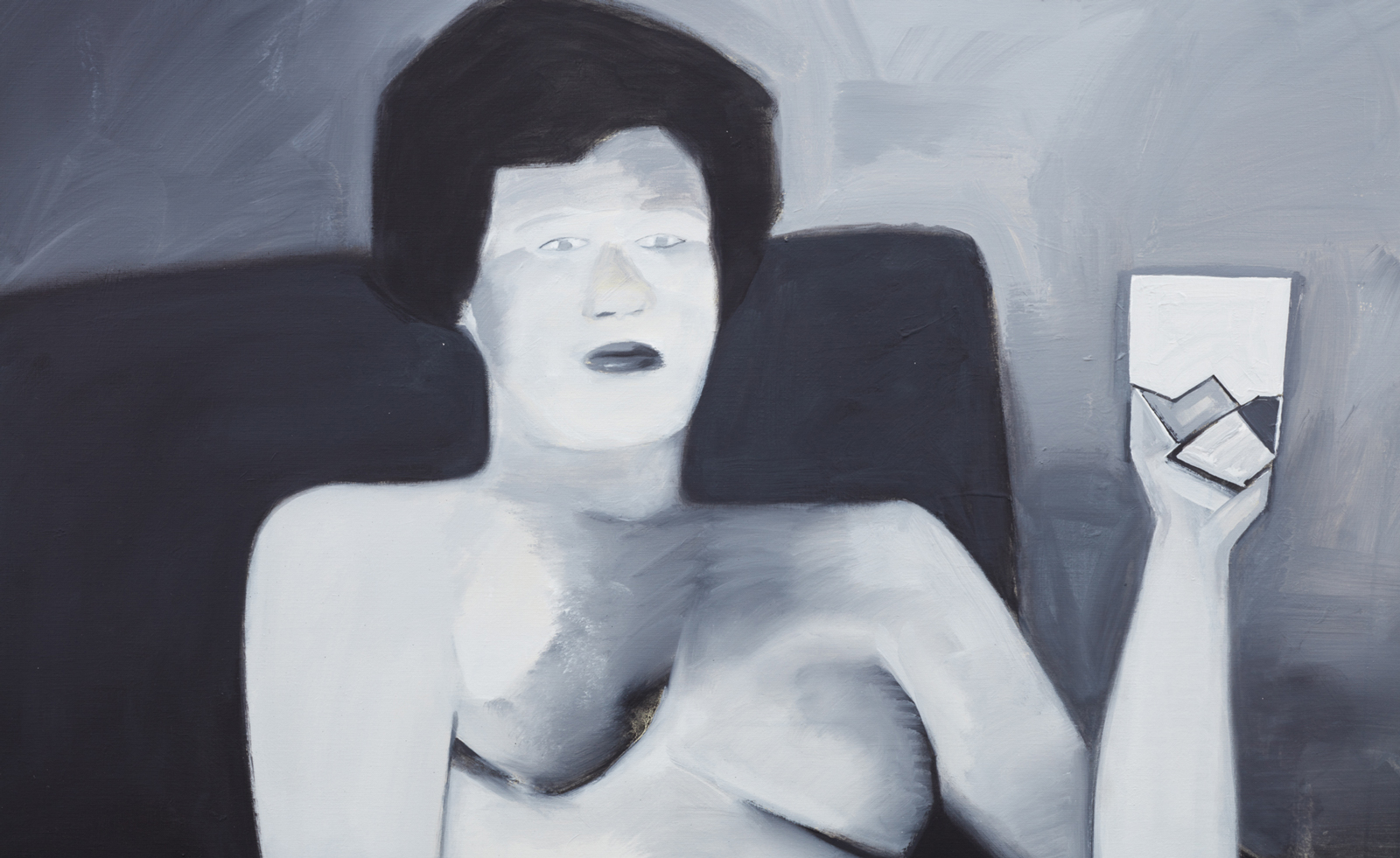 BLUM marks 30 years of Japanese contemporary art in America
BLUM marks 30 years of Japanese contemporary art in AmericaBLUM will take ‘Thirty Years: Written with a Splash of Blood’ to its New York space in September 2024, continuing its celebration of Japanese contemporary art in America
By Timothy Anscombe-Bell Published
-
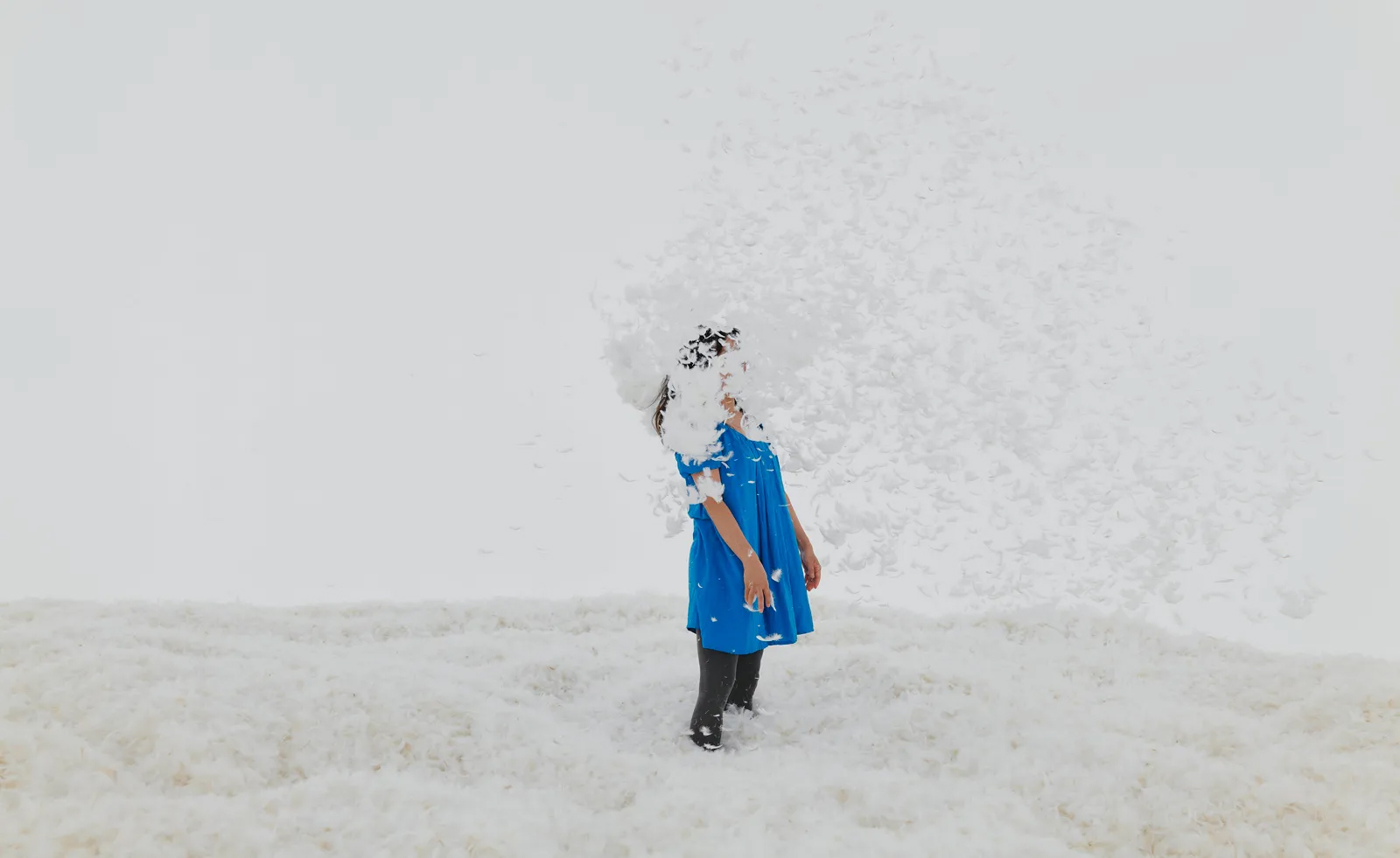 Heads up: art exhibitions to see in January 2024
Heads up: art exhibitions to see in January 2024Start the year right with the Wallpaper* pick of art exhibitions to see in January 2024
By Hannah Silver Published
-
 Olafur Eliasson inaugurates Azabudai Hills Gallery in Tokyo
Olafur Eliasson inaugurates Azabudai Hills Gallery in TokyoOlafur Eliasson marks launch of Azabudai Hills Gallery, in Tokyo’s major new district, with a show of elemental strength
By Danielle Demetriou Published
-
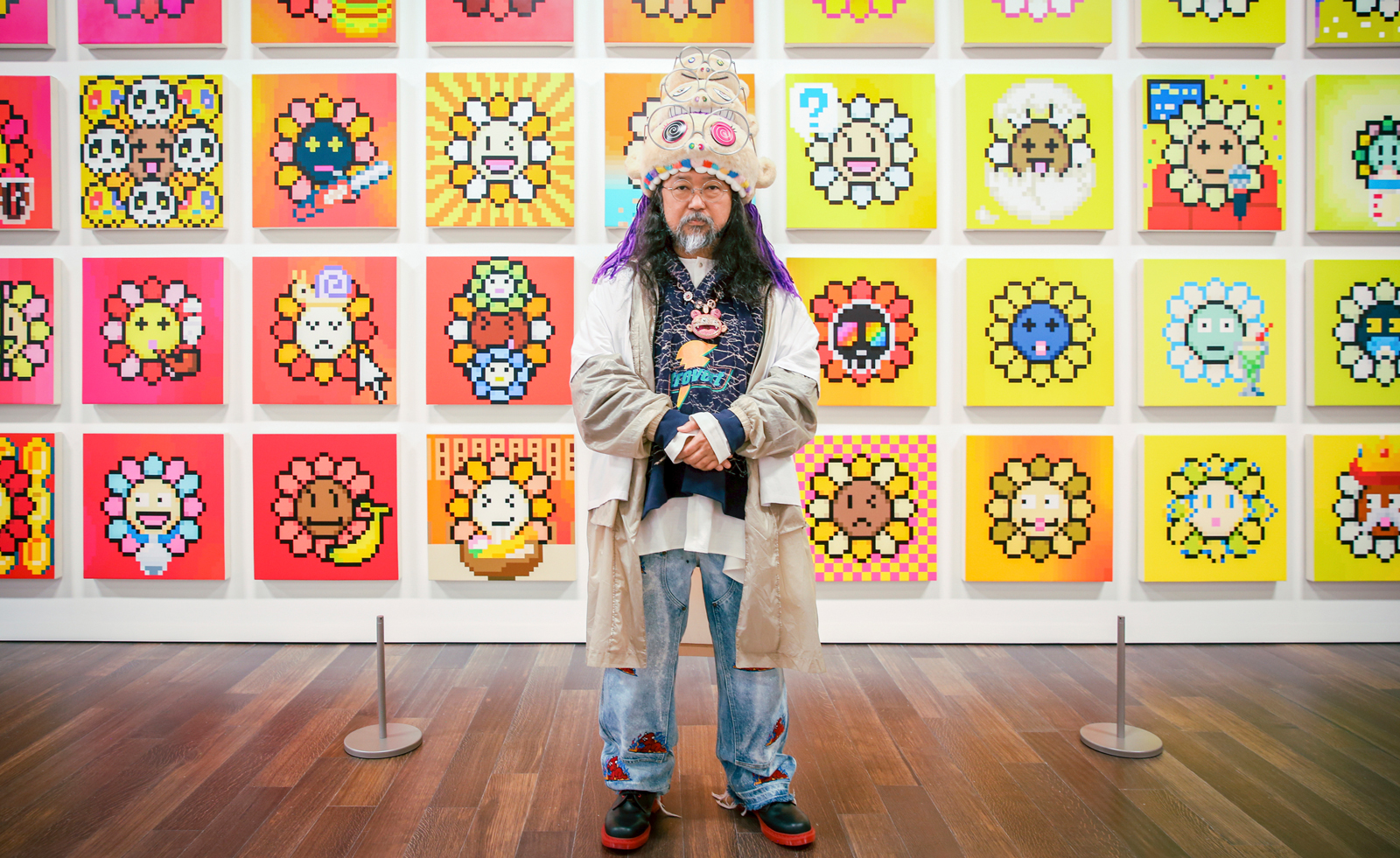 Takashi Murakami on his monsterizing San Francisco show
Takashi Murakami on his monsterizing San Francisco showTakashi Murakami tells us of pandemic-inspired creatures, eye-popping flowers, and NFTs as he explains the making of his exhibition at Asian Art Museum in San Francisco
By Pei-Ru Keh Published
-
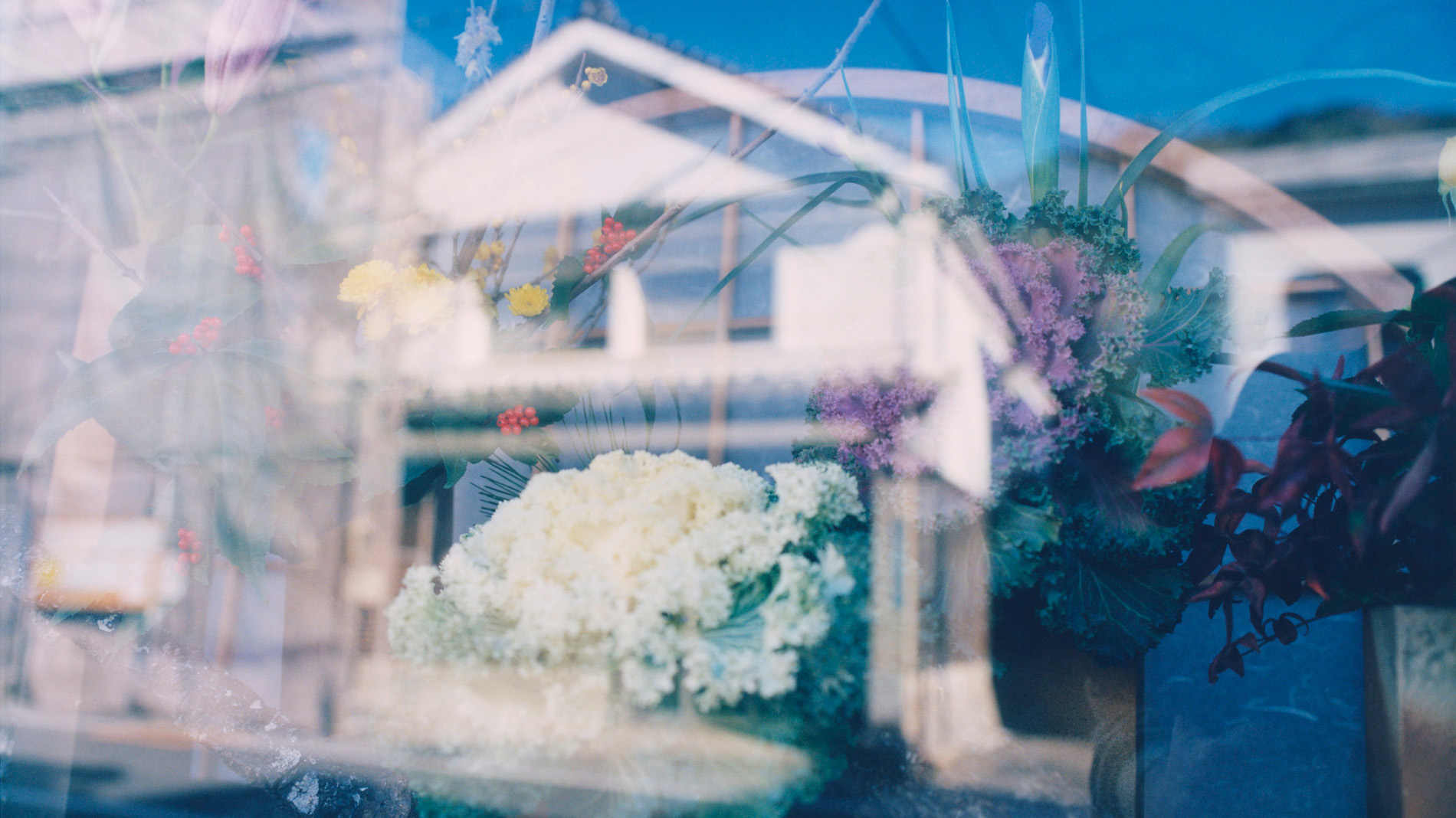 Photographer David Abrahams captures quiet moments in Japan for his new London show
Photographer David Abrahams captures quiet moments in Japan for his new London show‘Kyushu’ is a new show from photographer David Abrahams that documents his trip to a town on the Japanese island
By Mary Cleary Published
-
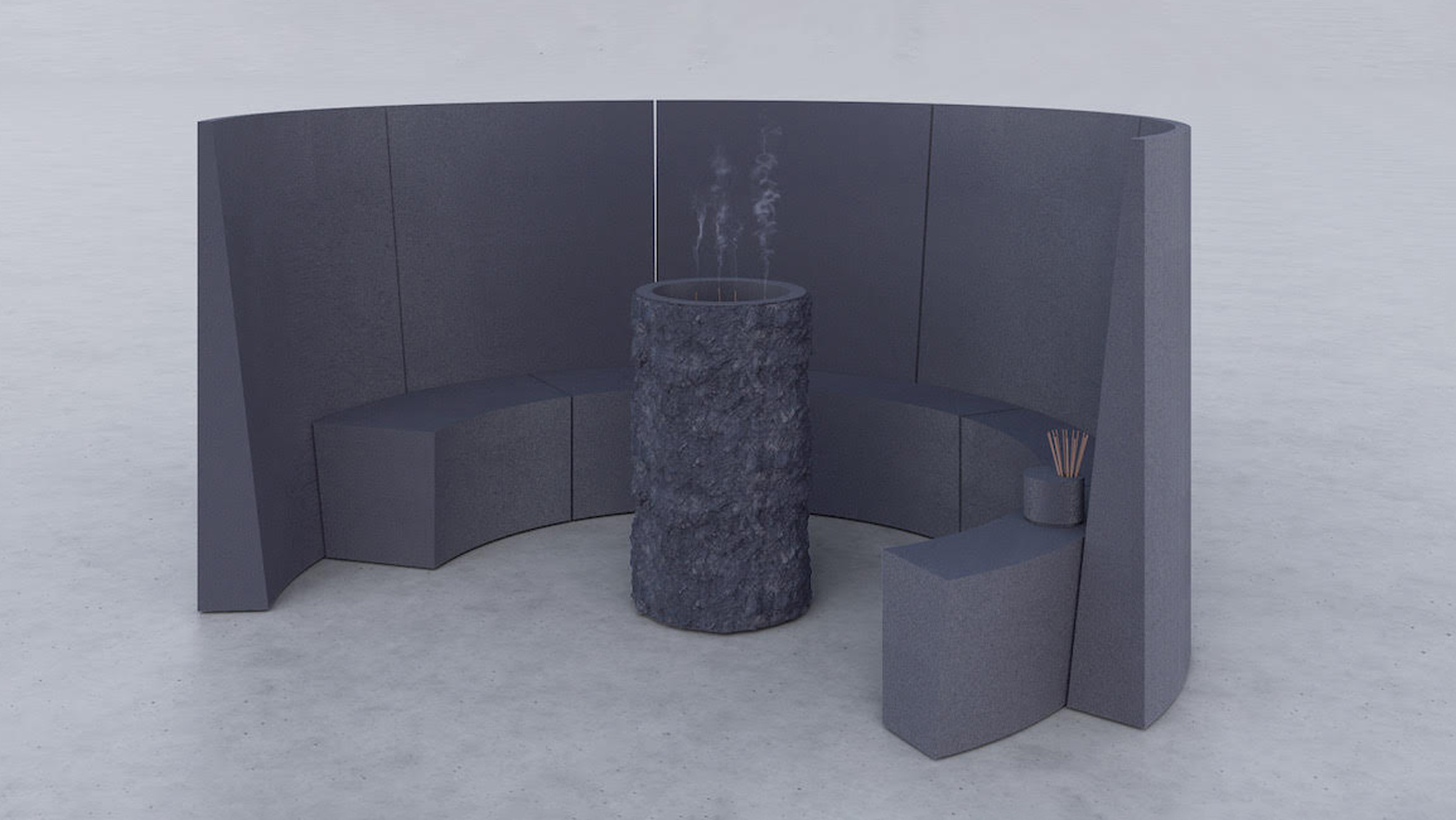 John Pawson unveils first-ever sculpture in Tokyo exhibition
John Pawson unveils first-ever sculpture in Tokyo exhibitionAt The Mass, Tokyo, British architect John Pawson stages his first solo exhibition in Japan, revealing his first sculpture and a new photography series
By Harriet Lloyd-Smith Published